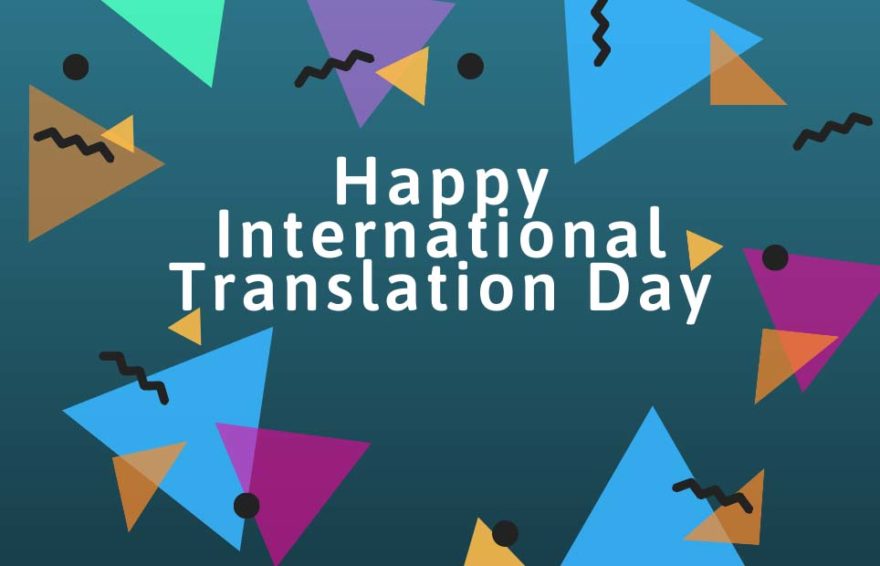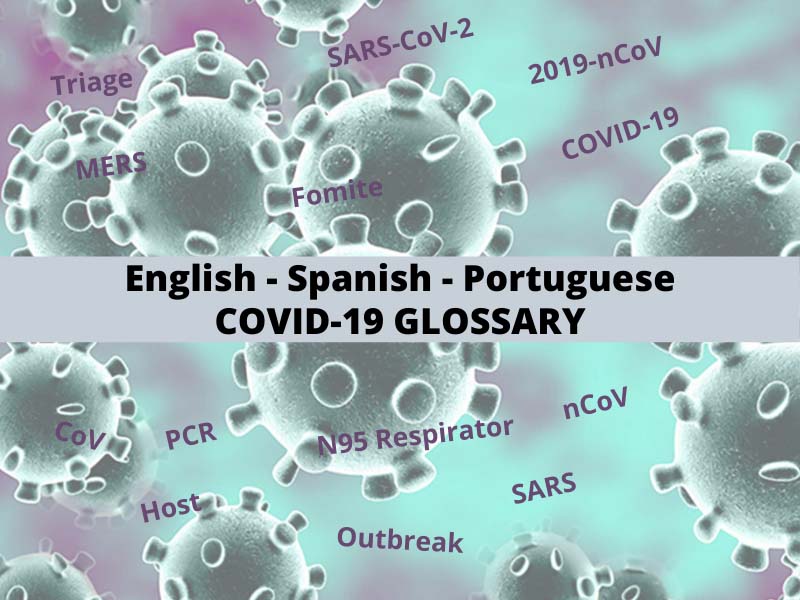In the rapidly expanding global landscape, effective communication has become the cornerstone of successful business operations. With the rise in international interactions and cross-cultural collaborations, the demand for translation services has grown exponentially. Amidst this evolution, the creation of a well-defined style guide and a comprehensive glossary has emerged as a crucial asset in the translation industry.
What is a Style Guide?
A style guide, in a broader context beyond translation, is a set of standards and rules for writing and designing documents, content, or communications to ensure consistency and clarity. Style guides are commonly used in various fields, such as journalism, academia, publishing, and business. They help establish a uniform and recognizable style for a particular organization, publication, or brand.
How to Create a Style Guide
Creating a comprehensive style guide requires careful planning and attention to detail. Below are the key steps to develop an effective style guide in the translation industry:
- Define the Target Audience and Purpose
Understand the specific requirements of the target audience and the intended purpose of the translated content. This knowledge will guide the choice of tone, style, and terminology in the style guide. Example: In Spanish, the choice of addressing people can vary significantly based on factors such as formality, politeness, and the relationship between the speaker and the audience. This difference is often reflected in the use of “tú” (informal) and “usted” (formal) forms of address. Understanding the specific requirements of the target audience and the intended purpose of the translated content is crucial in choosing between the “tú” and “usted” forms, and this consideration is something that would be included in the Style Guide.
- Standardize Formatting and Linguistic Choices
Establish guidelines for grammar, punctuation, and sentence structure to maintain consistency across all translated materials. Determine the preferred writing style and tone that aligns with the brand’s identity and resonates with the target audience. For example, while English uses a point to indicate the decimal place, Spanish uses a comma. However, a company may prefer to use a point instead of a comma, and this preference should be clearly indicated in the style guide.
- Incorporate Industry-Specific Terminology
Identify and include industry-specific terminology relevant to the content being translated. Ensure that the style guide accommodates the nuances and specialized vocabulary unique to the particular industry or field. This should be incorporated into the glossary.
- Document and Update Regularly
Document the style guide comprehensively, making it easily accessible to all translators and stakeholders involved in the translation process. Regularly review and update the style guide to incorporate any changes in industry standards, linguistic trends, or brand guidelines.
What is a Glossary?
In translation, a glossary is a curated list of terms and their corresponding translations, often accompanied by definitions or contextual explanations. This tool serves as a reference guide for translators, ensuring consistency in the translation of key terminology across various documents or projects. A translation glossary is particularly valuable in specialized or technical fields, where precision in language is crucial. It helps maintain accuracy, coherence, and alignment with the specific language and terminology preferences of the client, contributing to the overall quality of translated content.
How to Create a Glossary
Developing a comprehensive glossary requires meticulous research and a thorough understanding of the terminology associated with the content. Follow these steps to create an effective glossary for the translation industry:
- Compile Key Terms and Phrases
Identify the key terms, phrases, and specialized vocabulary relevant to the industry or subject matter. Gather these terms from reliable sources, subject matter experts, and existing translated materials to ensure accuracy and relevance. This is usually done in collaboration with the client. - Collaborate with Clients
Work closely with your clients to understand their unique terminology preferences. Collect glossary information from them, including industry-specific terms, product names, and any other terminology critical to their content.
- Provide Context and Definitions
Offer contextual explanations and definitions for each term in the glossary to aid translators in understanding the appropriate usage and nuances of the terms. Include examples and usage scenarios to provide a clear understanding of how each term should be applied within the translated context. Ensure that the definition is easily understandable for translators. Include links to materials that can be consulted to provide more context. Use visual aids such as diagrams, charts, or images to illustrate concepts, especially in technical or specialized fields where visual representation can enhance understanding..
- Categorize and Organize
Categorize the terms in the glossary based on their relevance and application within the content. Organize the glossary in a user-friendly format that allows for easy navigation and quick reference during the translation process.
- Specify Particular Meanings
Some terms may have multiple meanings depending on context. Clearly specify the intended meaning for each term in the glossary to avoid confusion.
- Include Variations
Account for variations in spelling or usage. For example, if a term can be spelled differently in different regions, include both variations in the glossary.
- Verify and Update Regularly
Verify the accuracy and relevance of the terms in the glossary regularly, especially when new terminology emerges or when industry standards change. Update the glossary to reflect any modifications or additions to the terminology to ensure its continued applicability and usefulness.
Best Practices for Implementing and Maintaining Style Guides and Glossaries
- Training and Onboarding
Provide comprehensive training and onboarding sessions to familiarize translators and stakeholders with the contents and usage of the style guide and glossary.
- Feedback and Iterative Improvement
Encourage continuous feedback from translators and editors to identify any challenges or inconsistencies in the style guide and glossary. Use this feedback to make iterative improvements and updates to enhance their effectiveness.
- Regular Revisions and Updates
Conduct regular revisions and updates to the style guide and glossary to incorporate changes in language trends, industry standards, and brand guidelines.
- Collaborative Approach
Foster a collaborative approach among translators, editors, and project managers to ensure that the style guide and glossary are collectively understood and adhered to during the translation process.
- Integration with Technology
Leverage technology to integrate the style guide and glossary into translation management systems or CAT (Computer-Assisted Translation) tools to facilitate easy access and streamline the translation workflow.
Conclusion
In the translation industry, the creation of a comprehensive style guide and glossary is not only a necessity but also a strategic investment in ensuring the accuracy, consistency, and cultural relevance of translated content. By adhering to the best practices outlined above and recognizing the pivotal role of these assets, translation service providers can elevate the quality of their services, foster effective communication across diverse cultures, and establish a strong foundation for successful global interactions.
At Transpanish we utilize style guides and glossaries to enhance the precision and consistency of our translation and editing processes. This dual approach not only enhances the accuracy of translations but also streamlines the editing process, facilitating a cohesive and polished final product. By adhering to these resources, we maintain a high standard of quality and deliver content that aligns with the unique requirements and preferences of our clients.
If you’re interested in learning more about our services, please contact us today. We’d be happy to provide you with a free consultation.













